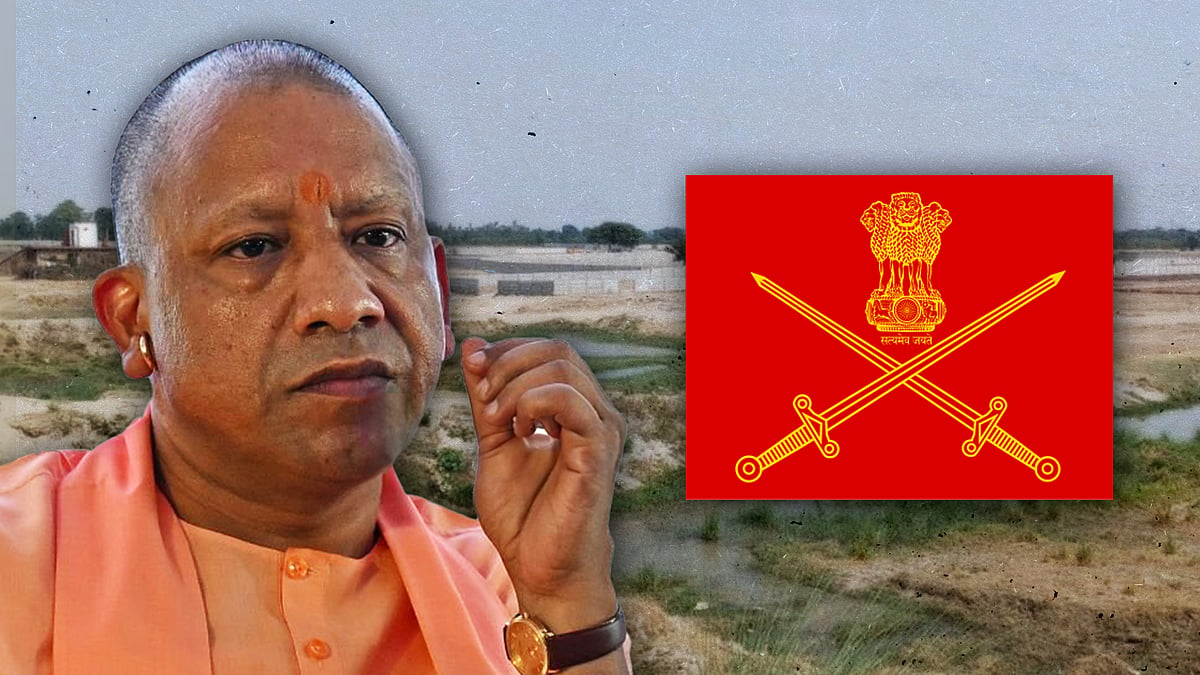‘Govt weakening RTI, our fight not over yet’: Activists in Beawar on 19 years of RTI law
Activists inaugurated a museum and held a two-day celebration of the constitution in Rajasthan’s Beawar, the epicenter of the RTI movement.
About two decades ago, a grassroots movement in the backward area of Beawar in Rajasthan led to the formation of the Right to Information Act in 2005. In the lead-up to the landmark legislation aimed at countering corruption, activists Aruna Roy, Nikhil Dey, and Shankar Singh led a sit-in protest of over 40 days under the banner of Mazdoor Kisan Shakti Sangathan.
To mark 19 years of the Right to Information Act, activists in Beawar laid the foundation stone of the RTI Museum and organised Jashn-e-Samvidhan on September 19 and 20. Lal Singh, one of the activists associated with the movement, told Newslaundry, “The right to know has become like the right to life. We have understood that without information, our rights are violated.”
The movement dominantly witnessed the participation of women. But what sowed its seed? What difficulties did the movement face? Has the law been weakened over the years?
Watch our ground report from Rajasthan.
In times of misinformation, you need news you can trust. We’ve got you covered. Subscribe to Newslaundry and power our work.
Jharkhand and Maharashtra are set to vote soon. Contribute to our new NL Sena project to help us tell highlight the issues that matter.
 UP govt did not consult or inform army before denotifying ‘buffer zone’ village in Ayodhya: RTI
UP govt did not consult or inform army before denotifying ‘buffer zone’ village in Ayodhya: RTI RTI activist Aruna Roy on her memoir, journey of Indian activism, and cost of blood money
RTI activist Aruna Roy on her memoir, journey of Indian activism, and cost of blood money ‘Greater opacity’ in surveillance, ‘impact on RTI’: Why IT rules tweak has raised transparency concerns
‘Greater opacity’ in surveillance, ‘impact on RTI’: Why IT rules tweak has raised transparency concerns